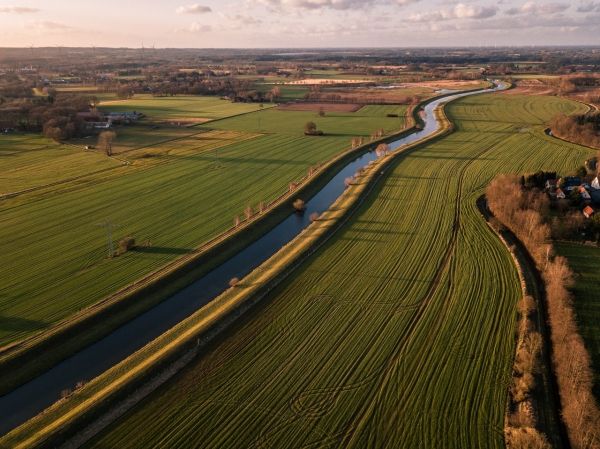However, it is often the most vulnerable and disadvantaged populations that suffer the severest consequences, highlighting the role of economic and institutional factors in water scarcity. In this way, researchers generally consider not only the physical constraints but socio-economic determinants as well.
Agriculture, which accounts for 90 percent of global water use, is the largest driver of water scarcity worldwide. In a recent study published in Science Advances, environmental science, policy, and management professor Paolo D’Odorico and PhD candidate Lorenzo Rosa investigate water scarcity over global agricultural lands, assessing various geographical factors and presenting the data in high resolution maps.
D’Odorico and Rosa draw distinctions between the physical and societal constraints to water access in the analysis. “While some scarcity is associated with insufficient freshwater availability in the physical environment, economic water scarcity has been defined as renewable water resources being physically available, but with a lack of economic and institutional capacity that limits the ability of a society to use that water,” says Rosa.
Continue reading at University of California Berkeley
Image via University of California Berkeley


